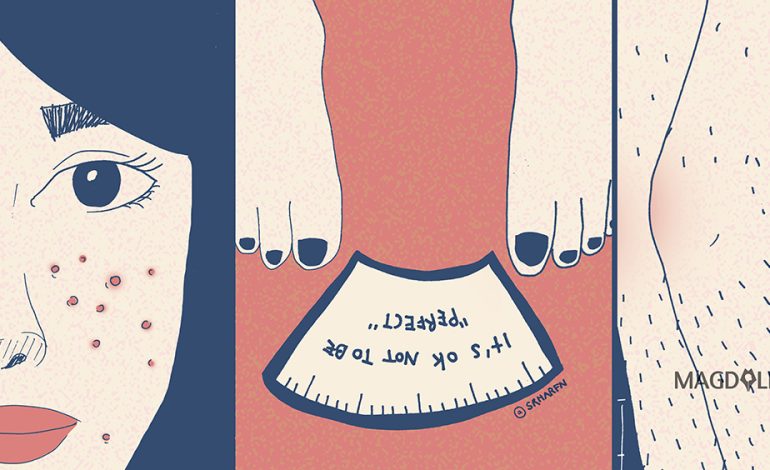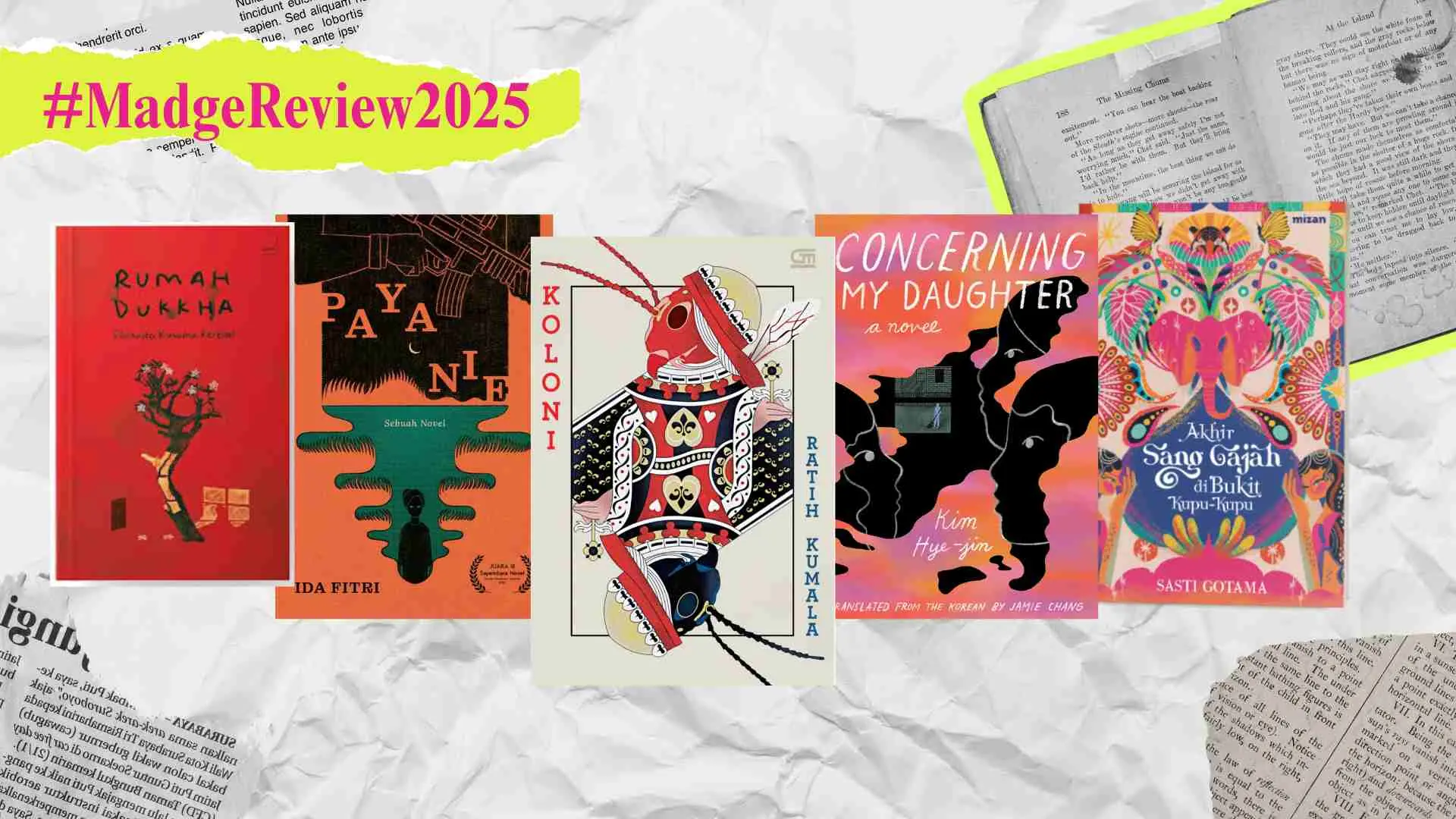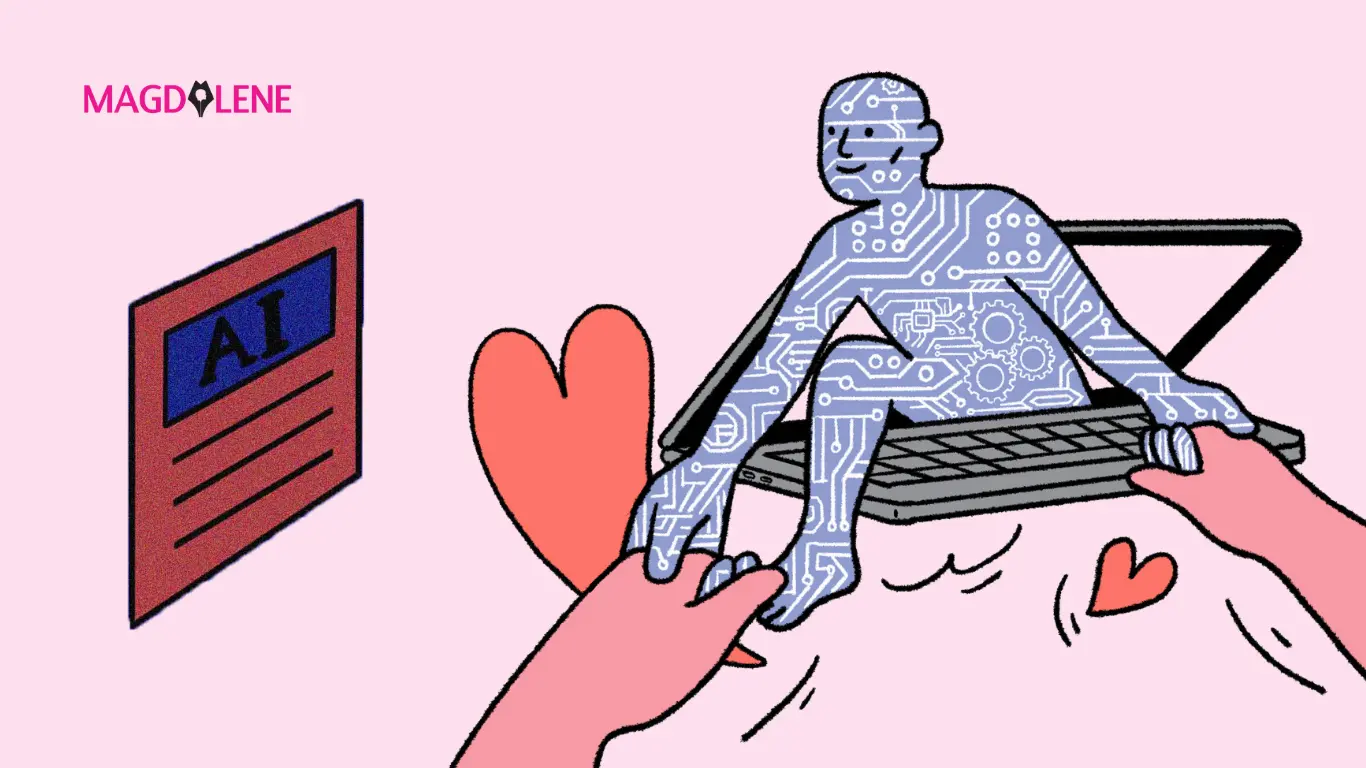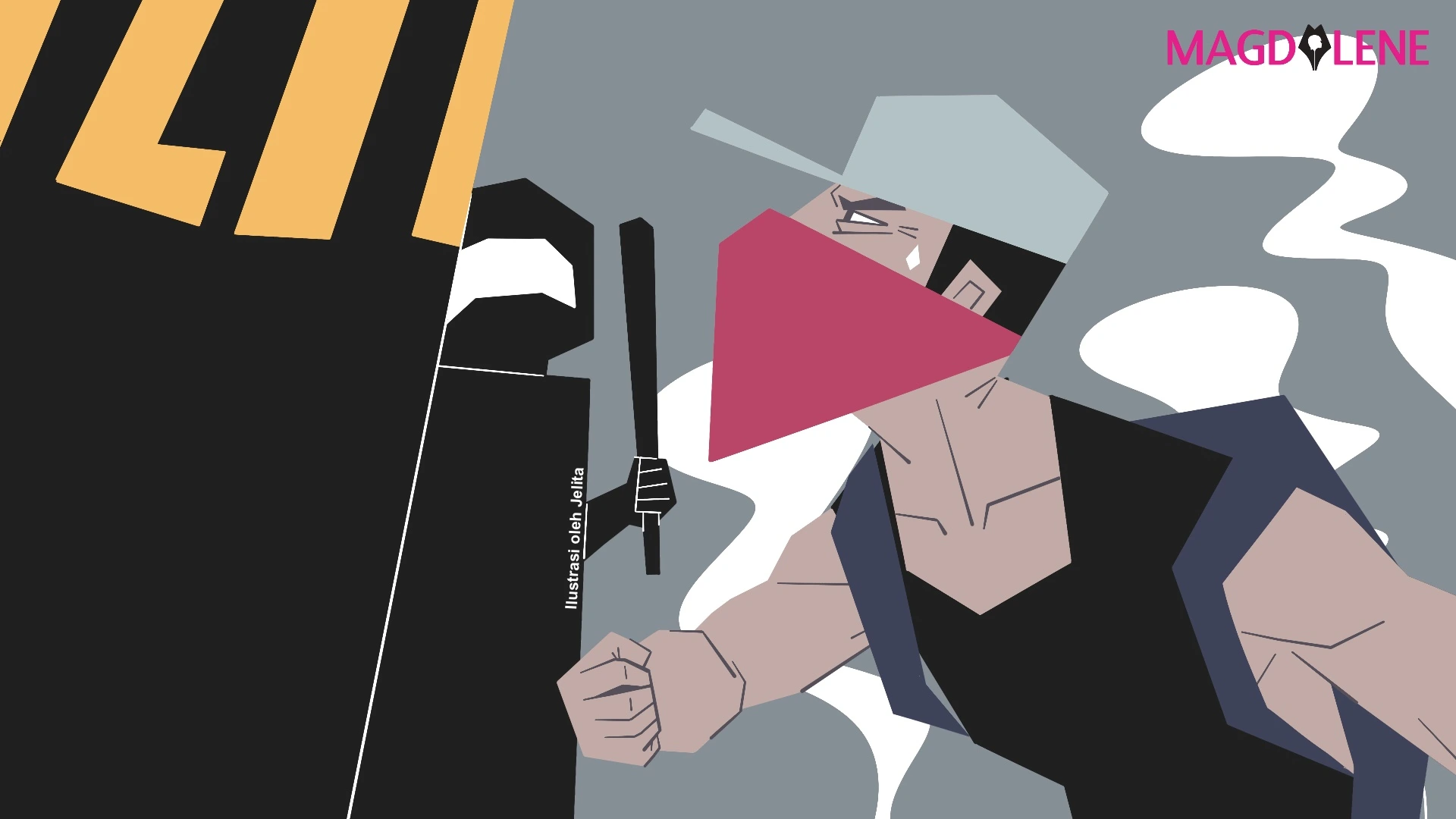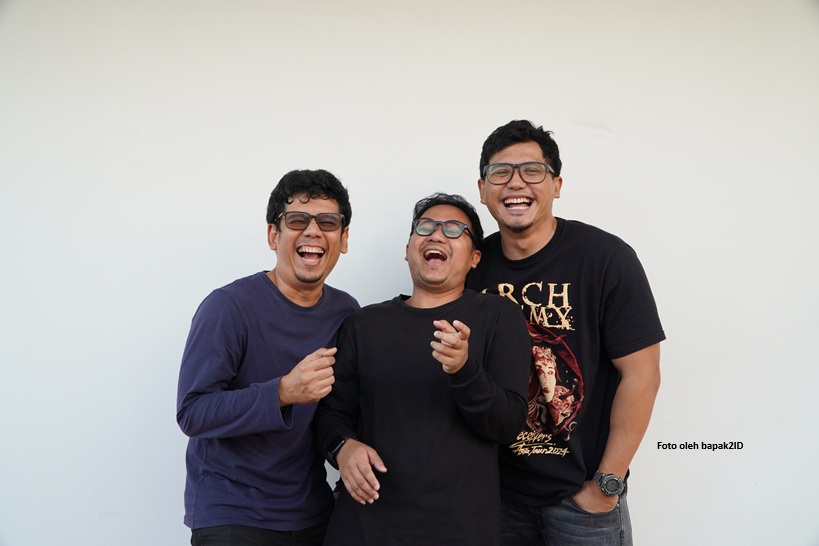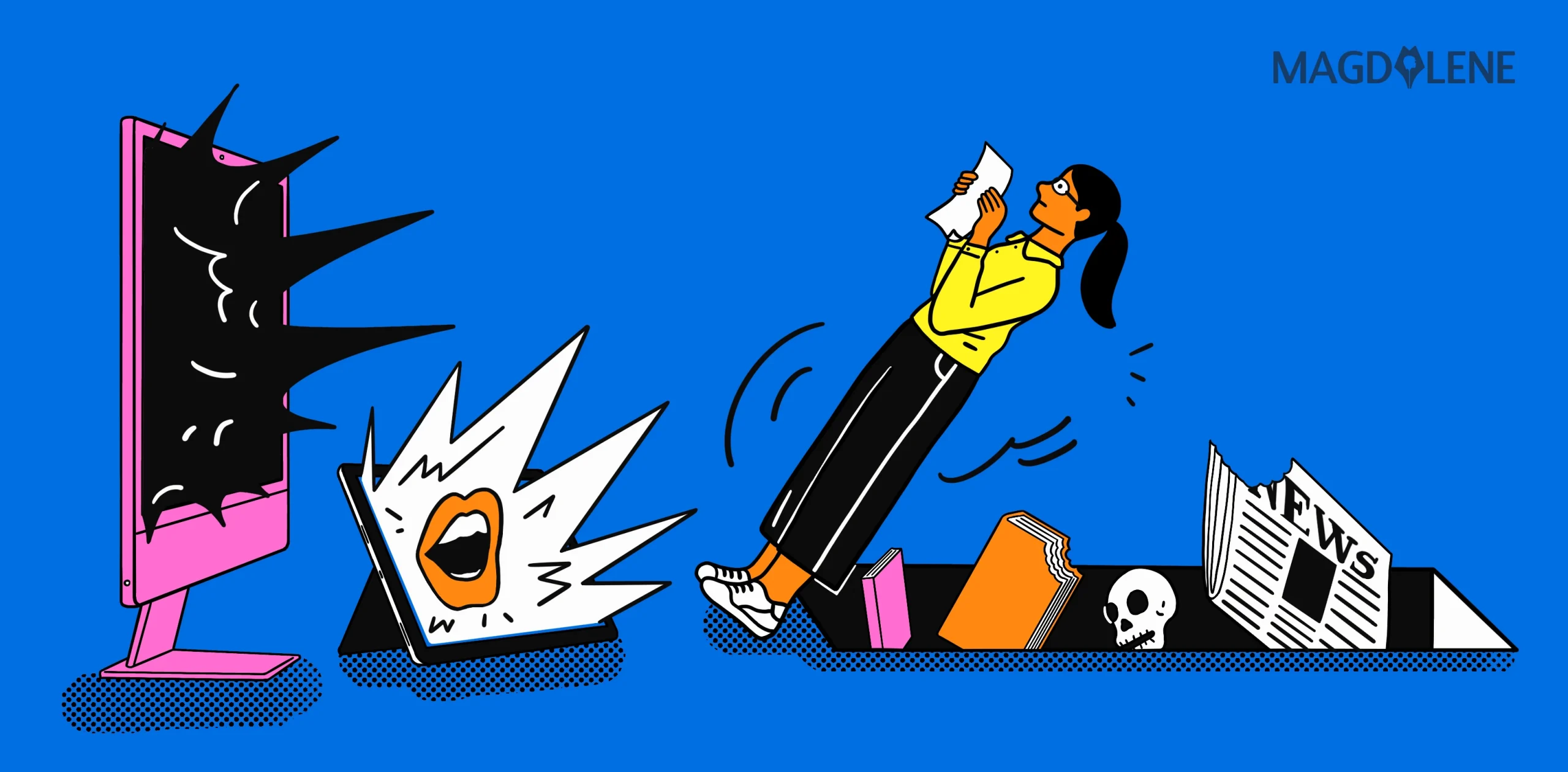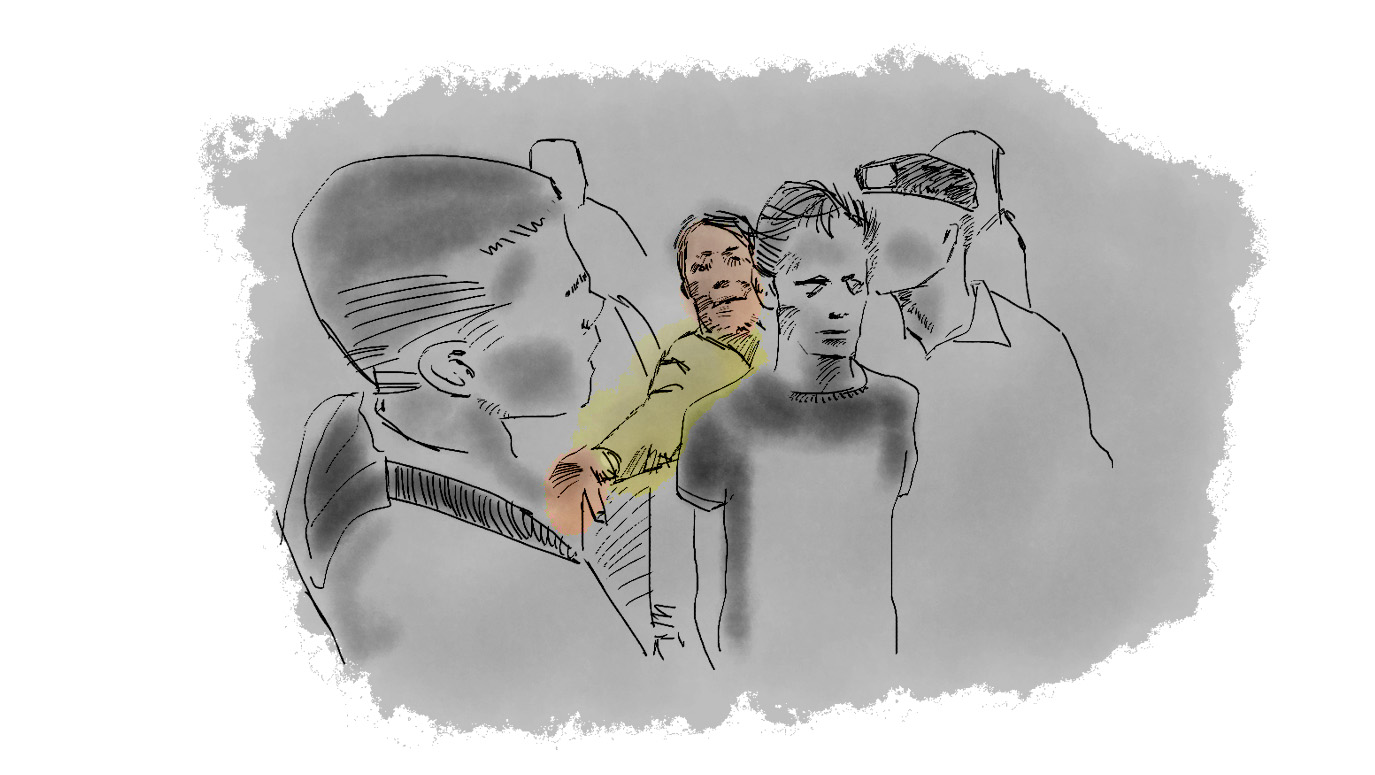2019 FIFA Women’s World Cup: A Fast-Changing Time for Women’s Football

The 2019 FIFA Women’s World Cup began on 7 June 2019 in France and has become the most publicized Women’s World Cup ever in the age of social media and the mainstreaming of feminism.
Although it started in 1991, the Women’s World Cup only made international headlines in 1999, when the United States defeated China in the final on penalty shootout. Then – as today –women’s football had attracted two things: the issue of women’s empowerment and controversy among fans and commentators.
The icon of the tournament then was American player Brandi Chastain, who removed her shirt after scoring the winning goal and screaming in her black sports bra. For the general public and some fans, it was a testament of female athleticism and gender equality, showing that female footballers have as much right as their male counterparts to celebrate topless.
For other though, the gesture was in bad taste. It demonstrated American arrogance and perhaps racism, as if the white woman was overjoyed to finally defeat the Asian woman. Chastain might have reacted the same had she defeated Germany or Norway, but it was just bad optic, when months before the US accidentally bombed the Chinese Embassy in Belgrade.
Most fans who debated Chastain’s celebration were white North Americans and West Europeans, and to this day followers of women’s football are still dominated by them. There are fans in the global south who like women’s football for two reasons. First, those who wish that their national teams would flourish in international stages too. Second, people who believe watching women’s football is similar to watching either men’s football or women’s tennis.
I have written that the difference between women’s football and women’s tennis is that we live in a world where football is seen as a masculine sport. Female footballers are either seen as incompetent wannabes, or ugly lesbians. Women and girls are welcomed as fans and supporters, and even as presenters, but are not allowed to know football better than men and boys, let alone play better.
This is why women’s football is more popular in countries that have mainstreamed feminism, like in North America (United States and Canada), northern Europe, and rich Asia-Pacific nations like Australia and Japan. Even though feminism is not popular in East Asia, football federations in China, North Korea, and Japan recognize the political value of a strong national team, and develop women’s football seriously.
The opposite happens in many other regions. Chilean and Argentine footballers said they were more than happy to play in France because of limited budget and attention from football federations, sexism from media commentators, and absence of professional leagues in their own countries. Despite public support during the 2016 Rio Olympics, now Brazilian female footballers face lack of resources (the Ministry of Sports had been dissolved) and increasing homophobia, racism, and sexism under Jair Bolsonaro’s administration.
Women’s football is also neglected in most of Asia, including in Indonesia. Our Garuda Pertiwi team finished second round in the 2020 Olympics qualification, below Myanmar, India, and Nepal. In its social media account, PSSI, the Indonesian football association, asked fans to pray to support the Putris, and the fans replied that the organization should support them with more funds, better training and better league.
Until early June, I was afraid that I would miss the World Cup, as no TV channel would broadcast it. But Qatari sports network BeIn Sports had stepped in to broadcast the World Cup in Southeast Asia, and champions Thailand’s involvement in the tournament (ironic as women’s football is restricted in Qatar). Even if the true goals are branding for the 2022 Men’s World Cup in Qatar and to tap into the European market of women’s sports, I’m more than grateful to be able to watch international women’s football in high definition television. To their credit, too, BeIn’s made a good move by engaging two female analysts who are ex-players from England and Australia, seeing that that male commentators and pundits had misnamed players and made sexist and racist quips before.
As fans are united in their excitement for the football fair and in criticizing patronizing media coverage, an uneasy controversy still split fans: Ada Hegerberg, taken as the best female footballer on Earth, has stayed away from the Norwegian national team for almost two years, to protest unequal treatments from the federation.
Some fans believe her stance is justified and she needs further support from other players, while some others believe she’s just alienating her compatriots, and even disturbing their World Cup preparation. Norway so far has been comfortable without her, and fans are reluctant to express any negative opinion on her.
Many players agree that wage remains a big problem for female footballers, and several international players hold another job or take an academic degree for financial security. The outlook is gloomier for less stellar footballers. Meanwhile, several federations have promised equal bonus as the men’s team, and many rich clubs have promoted and developed their women’s team.
Like in other occupations, progress in women’s football might be two steps forward, one step back. The world of women’s football has achieved things yet to be demonstrated in men’s football, like feminism, queer pride, cool-headed players and fans, and more measured lifestyle and money management. Women’s football has moved forward away from obscurity and lack of respect, shaping itself to be the better half of professional football.
Can we look to fandom to understand the nature of religion? Also check @MarioRustan on Twitter.

